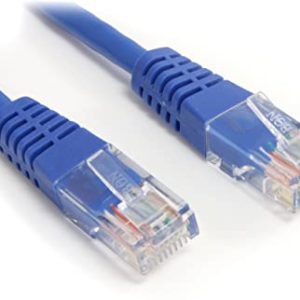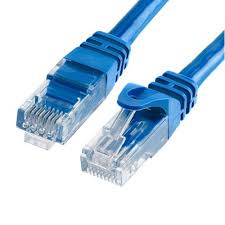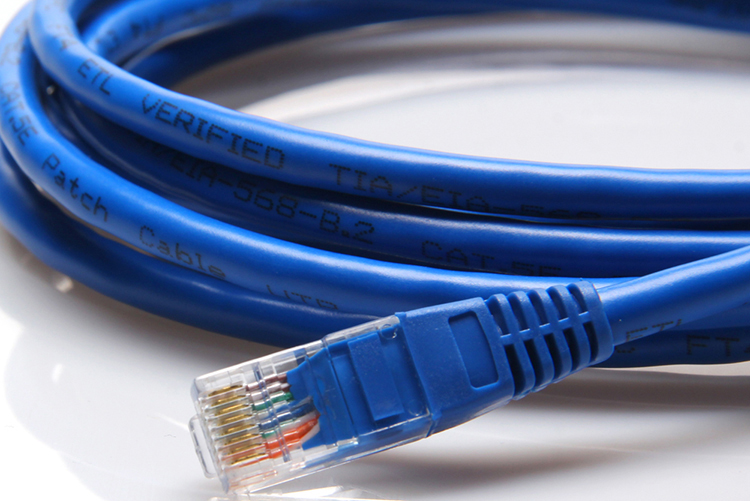BKP4 Technologies Pvt. Ltd is a leading Manufacturer and Supplier of Patch Cord in Kolkata .
Patch Cord
A patch cord is a cable with a connector on both ends (the type of connector is a function of use). A fiber patch cord is sometimes referred to as a “jumper.” Patch cords are part of the local area network (LAN), and are used to connect network switches to servers, storage and monitoring portals (traffic access points). They are considered to be an integral part of the structured cabling system. Copper patch cords are either made with solid or stranded copper; due to potential signal loss, lengths are typically shorter than connector cables. A fiber patch cord is a fiber optic cable that is capped at both ends with connectors. The caps allow the cord to be rapidly connected to an optical switch or other telecommunications/computer device. The fiber cord is also used to connect the optical transmitter, receiver and terminal box.
Selecting Copper Patch Cords
There are many copper patch cord types to consider – but here are a few key elements to keep in mind.
- Size: A copper patch cord with a smaller OD (outside diameter) takes up less space, and also has a smaller bend radius. This allows it to be deployed in space-deprived environments, and offers more working space for potential expansion in the future.
- Twinning: A stable and consistent twinning process (the twisting of copper conductors) helps maintain internal cable characteristics and reduce signal loss during physical manipulation.
- The process of bonding individual conductors along the longitudinal axis guarantees uniform spacing between the twisted pair, as well as reliable electrical performance.
- Types of Testing: Transmission performance depends on the integrity of the system, including cable characteristics, connecting hardware, cross-connect wiring and patch cords. Manufacturer testing and post-installation testing ensure that the network remains reliable and 100% available.
- Length: Pay attention to length restrictions for twisted pairs.
- Connections: Look for snagless, over-molded engineered boots, which offer strain and pull relief to protect patch cords from damage.
- Having the ability to trace a patch cord’s connection points improves reliability, reduces troubleshooting time, improves uptime and reduces IT teams’ efforts when making changes.
Choosing fiber patch cords requires just as many considerations as choosing copper patch cord types. Before selecting a fiber patch cord, ask yourself:
- Which connector type is needed? LC, SC, ST, FC, MPO or MTP? Each connector option offers pros and cons. Selecting the right connector can speed up deployment and reduce costs.
- Should singlemode or multimode patch cord types be used? Singlemode patch cords are used for long distances; multimode patch cords are used for shorter distances.
- Are simplex (one connector per end) or duplex (two connectors per end) cable connections necessary?
- How long should the patch cord be? For example, fiber patch cords are available in lengths of 2 m, 3 m or 5 m. The right patch cord length will eliminate slack and potential damage due to kinking.
- What type of cable jacket is needed? Depending on the installation location (plenum, underfloor, exterior or floor mounted), the exterior cabling jacket is available in a variety of configurations to protect the cable’s insulation and conductor core. Selecting the right jacket – single jacket, plenum rated, double jacket/armored, double jacket/heavy duty, etc. – for the right environment will ensure proper performance.



